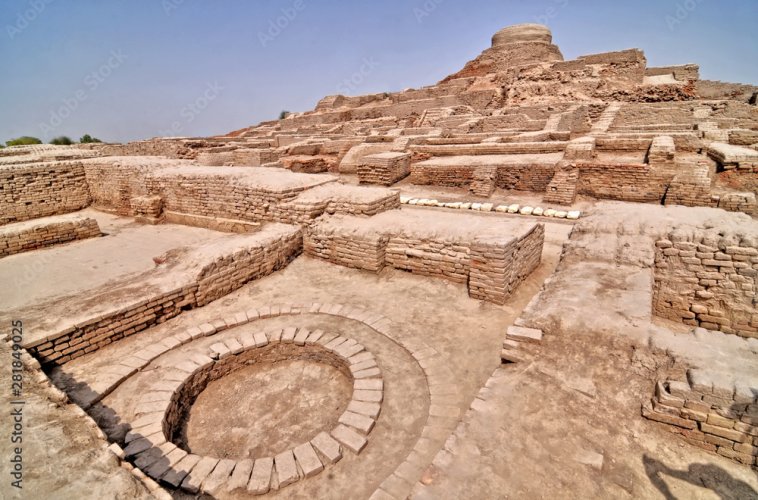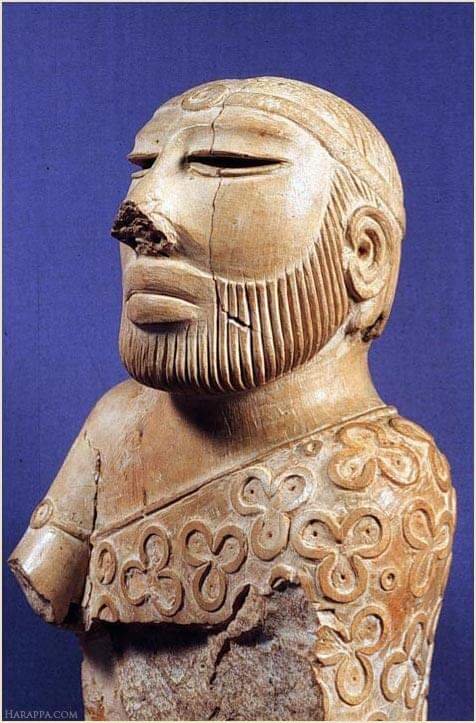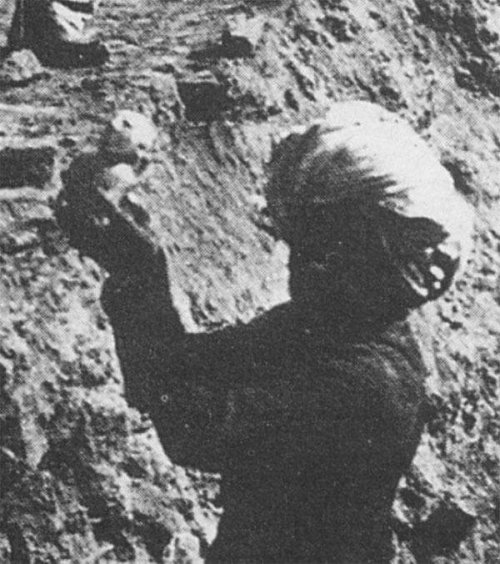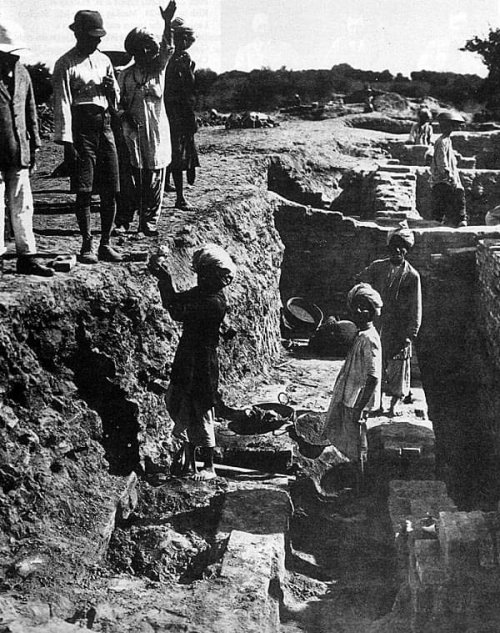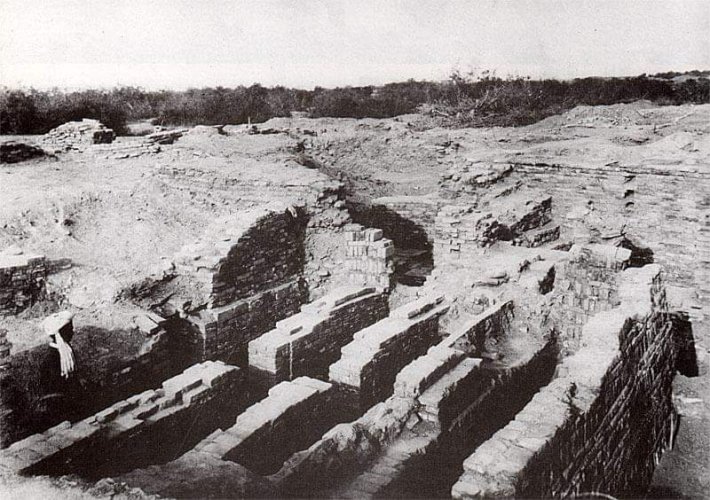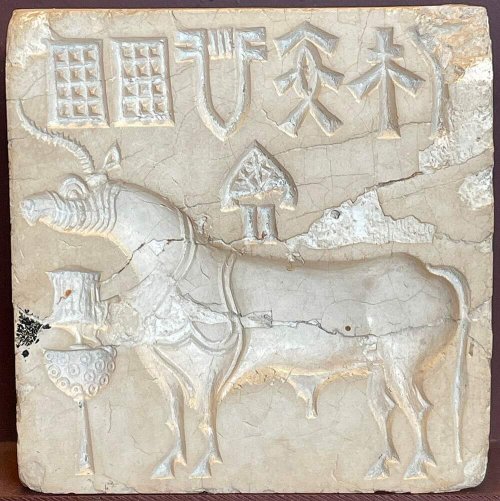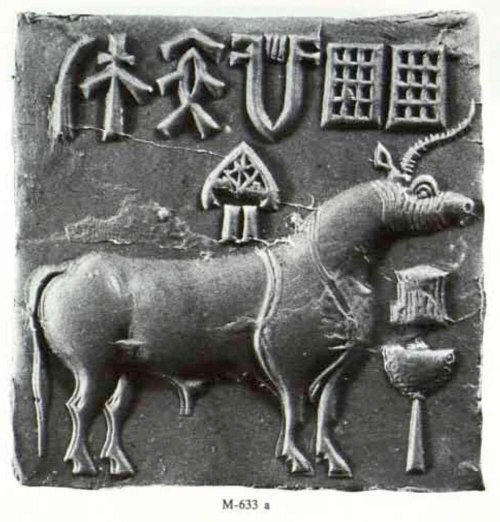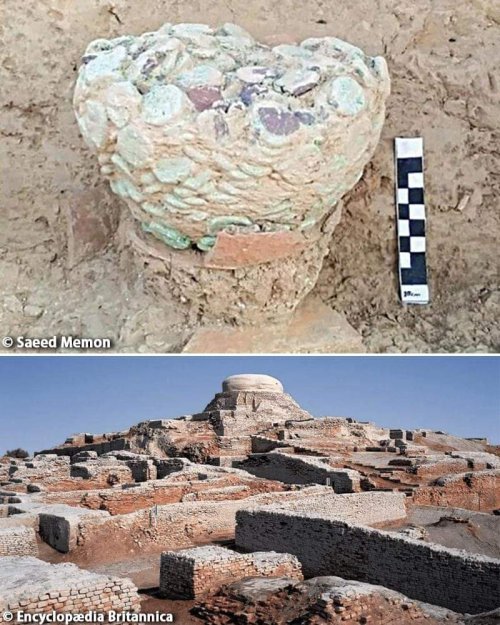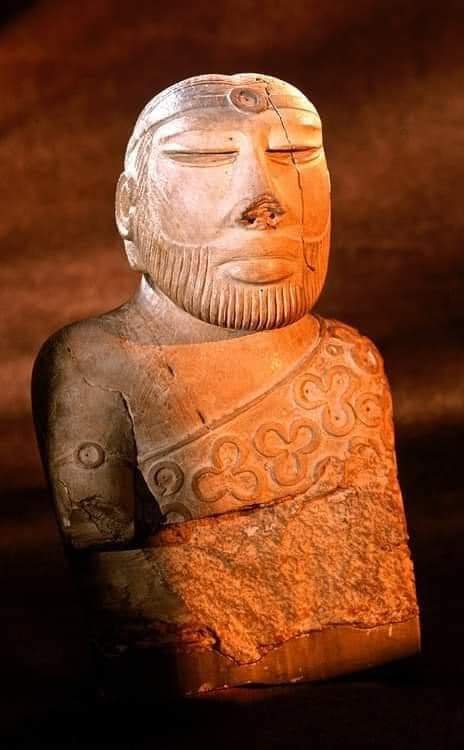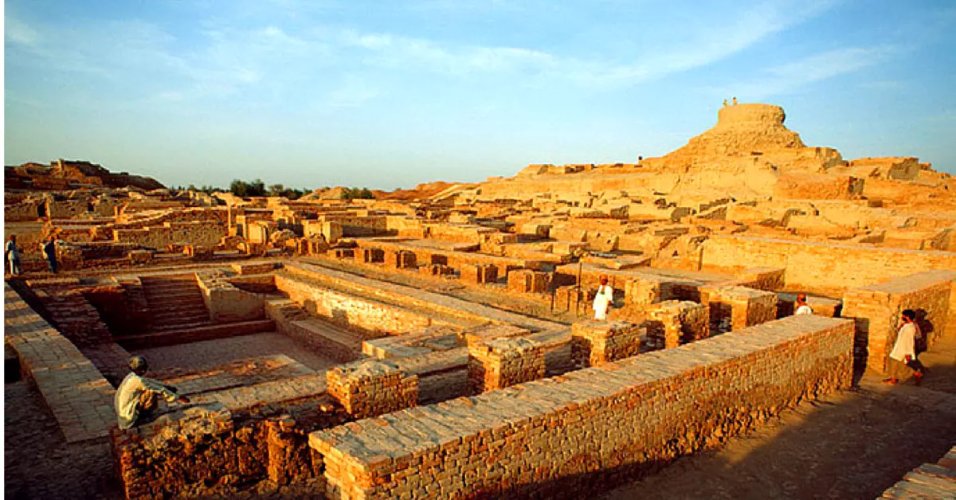
Mohenjo-Daro - the ruins of an ancient city, in no hurry to part with its secrets - one of the centers of the Indus civilization, either its capital, or an independent state, however, among the remains of its many buildings, built according to a single plan, no palaces or temples were found . His writing has not been deciphered and the secret of his death has not been revealed.
According to the most common point of view, Mohenjo-Daro is one of the two largest centers of the ancient Indus Valley civilization. The second capital was Harappa in what is now Punjab. The Indus, also known as Harappan, civilization developed in the Indus River valley in 3300-1300. BC e. The ruins of Mohenjo-Daro are located on the western (right) bank of the river, 643 km southwest of Harappa. This is the territory of the present Pakistani province of Sindh. The name of the city is translated from the local Sindhi language as “Hill of the Dead”.
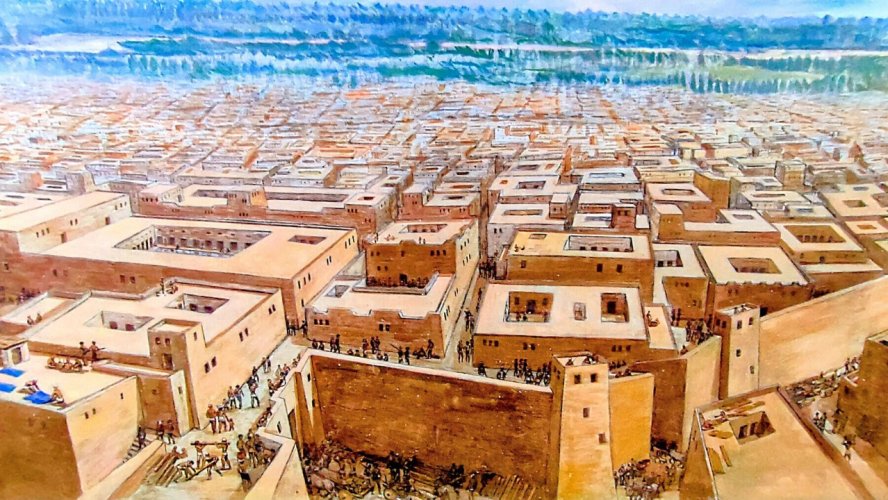
Excavations give a general idea of how the city appeared and developed. Around 2500 BC e. The first wave of settlers from the west reached the fertile Indus River valley. These were agricultural peoples who were driven from their native land by crop failure, impoverished soil and constant raids by nomadic tribes. At first a settlement appeared. As the surrounding lands were developed and the initial stage of the Indus Valley Civilization developed, the village grew to the size of a substantial city. It flourished for a thousand years. Around 1700 BC e. Mohenjo-Daro died.
Judging by the state in which the ruins of the city were found, the destruction was rapid and incredibly catastrophic. One can only assume that it was an earthquake or flood. For its time it was a fairly large city with an area of more than 2 km2. Its borders were its walls, which had defensive towers and other fortifications made of baked and adobe bricks. The city had a regular layout, when all the streets were straight and ran parallel to each other, intersecting at right angles. Judging by the location of the houses in the Lower City, they formed large blocks, which in turn were split into even smaller ones, formed according to the social status and occupation of the residents. Currently, such an urban layout remains the oldest known in the world.

